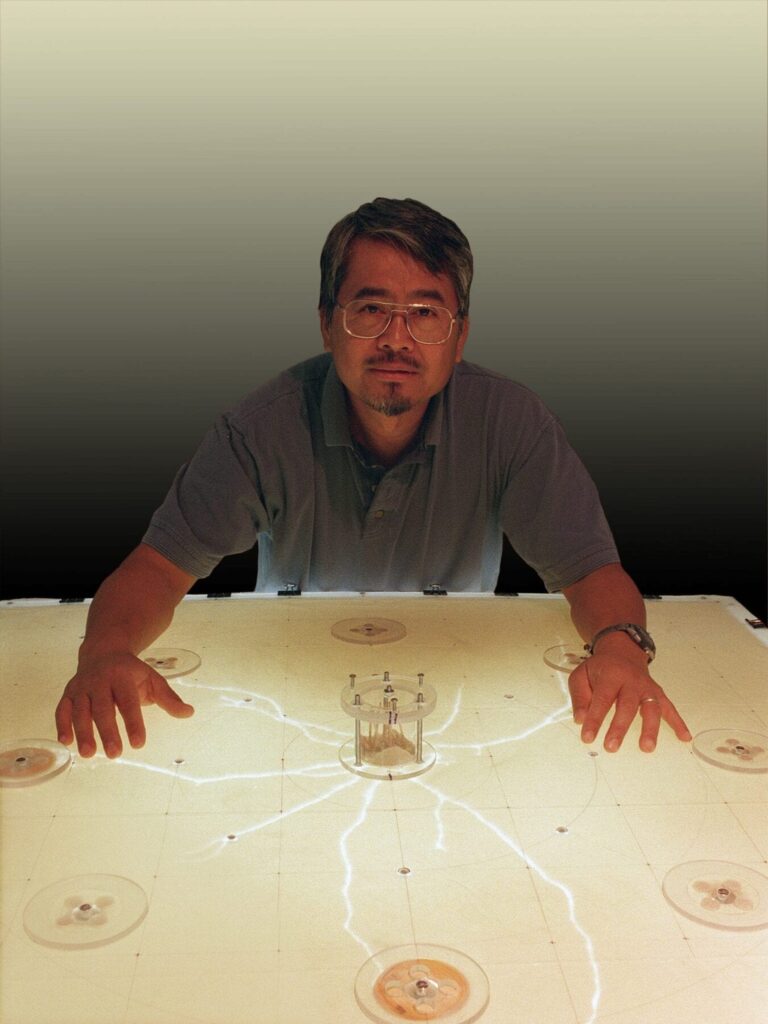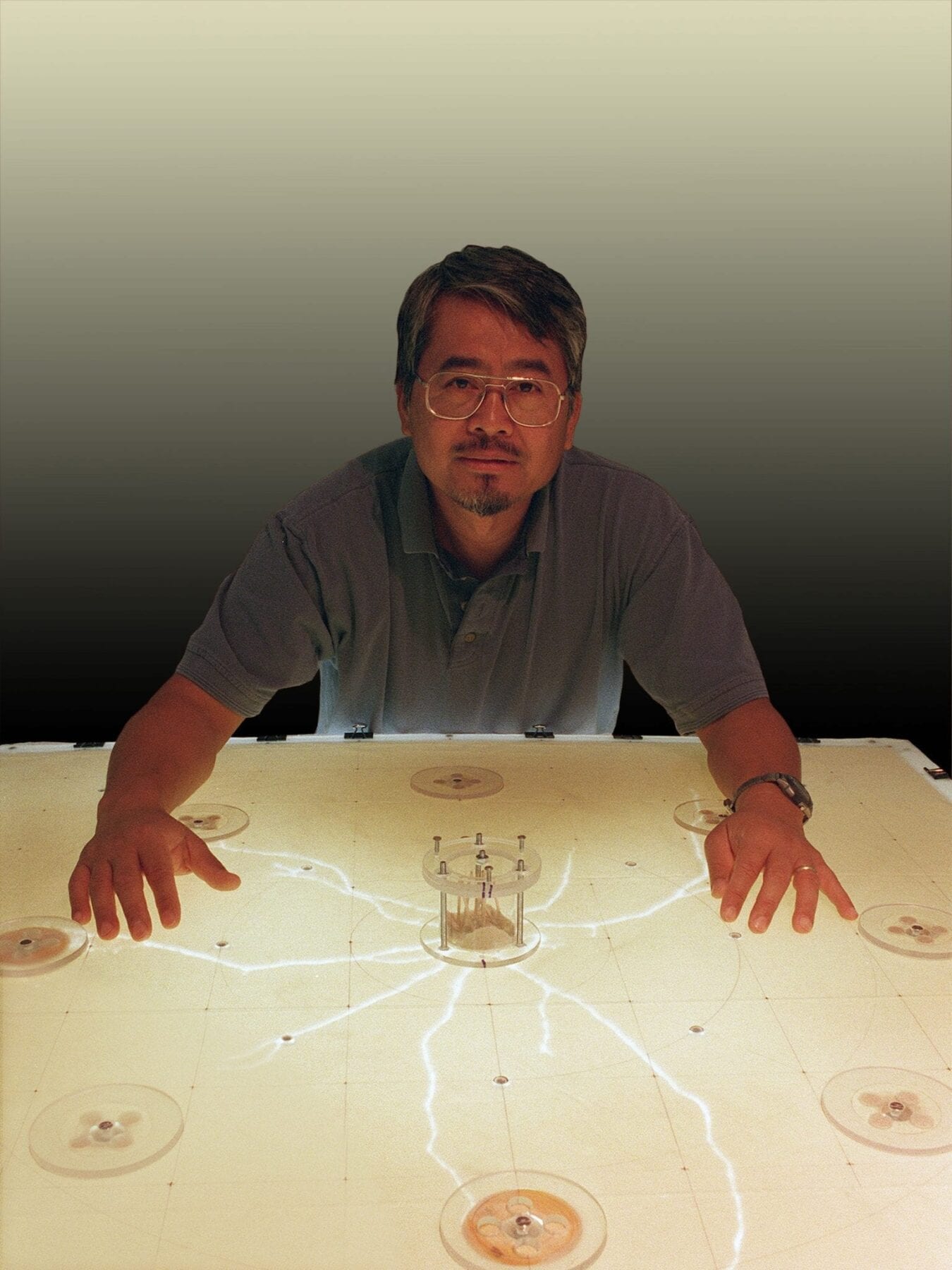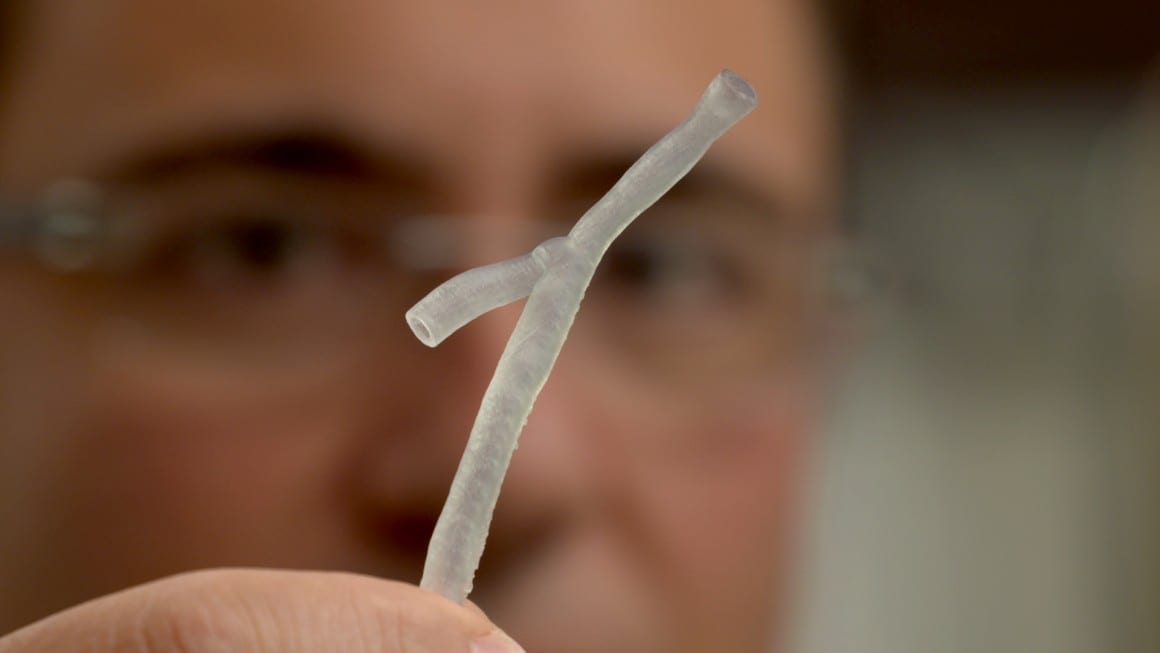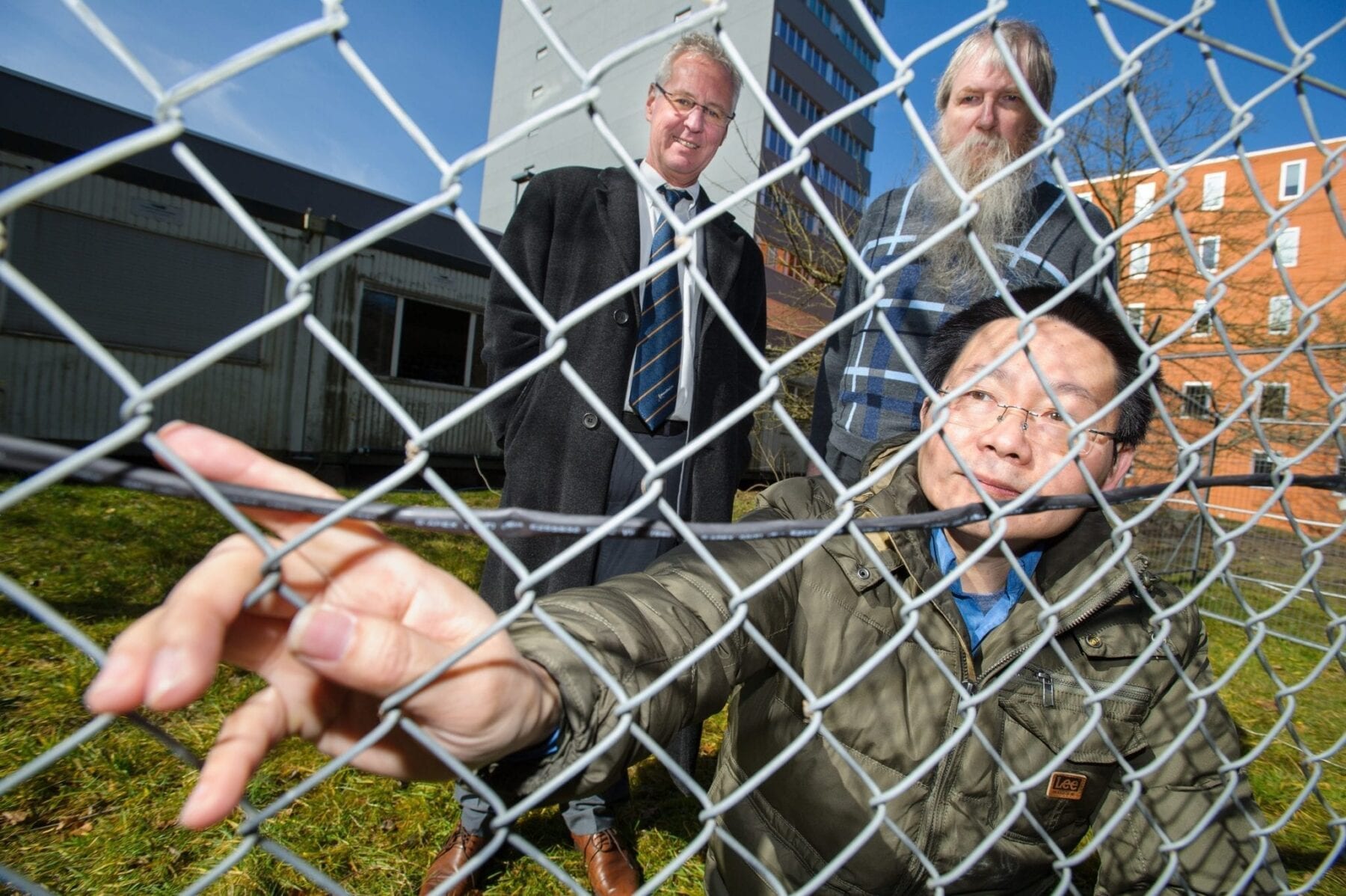
Two of the most destructive termite species in the world — responsible for much of the $40 billion in economic loss caused by termites annually — are now swarming simultaneously in South Florida, creating hybrid colonies that grow quickly and have the potential to migrate to other states.
In an article published today in the journal PLOS ONE, a team of University of Florida entomologists has documented that the Asian and Formosan subterranean termite simultaneously produce hundreds of thousands of alates, or winged males and females. Both species have evolved separately for thousands of years, but in South Florida, they now have the opportunity to meet, mate and start new hybrid colonies.
While researchers have yet to determine if the hybrid termite is fertile or sterile, it likely poses a danger, said Nan-Yao Su, an entomology professor at the UF Fort Lauderdale Research and Education Center, part of UF’s Institute of Food and Agricultural Sciences.
“Because a termite colony can live up to 20 years with millions of individuals, the damaging potential of a hybrid colony remains a serious threat to homeowners even if the hybrid colony does not produce fertile winged termites,” Su said. “This is especially true when the colony exhibits hybrid vigor as we witnessed in the laboratory.”
UF scientists previously thought the two termite species had distinct swarming seasons that prevented them from interacting. Their new research indicates not only an overlap of seasons where the two species are interbreeding; it shows that male Asian termites prefer to mate with Formosan females rather than females of their own species, increasing the risk of hybridization.
“This is worrisome, as the combination of genes between the two species results in highly vigorous hybridized colonies that can develop twice as fast as the two parental species,” said Thomas Chouvenc, an assistant researcher who works with Su. “The establishment of hybrid termite populations is expected to result in dramatically increased damage to structures in the near future.”
Additionally, Chouvenc said, if hybridized colonies have the ability to produce large numbers of fertile alates, this new termite menace could inherit the invasive qualities of both parental species and make its way out of Florida.
Both the Asian and Formosan species already have spread to many areas of the world. The Formosan subterranean termite, which originated in China, is now established throughout the southeastern United States. The Asian subterranean termite, a tropical species originating in Southeast Asia, has spread to Brazil and the Caribbean Islands, making it potentially the most invasive termite in the world.
Read more: Two most destructive termite species forming superswarms in South Florida, UF/IFAS study finds
The Latest on: Invasive species
[google_news title=”” keyword=”Invasive species” num_posts=”10″ blurb_length=”0″ show_thumb=”left”]
via Google News
The Latest on: Invasive species
- Experts propose new method to combat invasive insect's spread: 'We're at war and we're losing'on April 27, 2024 at 11:00 pm
One study showed that eradication efforts are already making a difference. Experts propose new method to combat invasive insect's spread: 'We're at war and we're losing' first appeared on The Cool ...
- These 5 invasive insects are destroying SC the most. Here are the best ways to fight them offon April 27, 2024 at 9:28 am
Here are the five invasive insects that are destroying South Carolina the most and the best ways to fight them off.
- Tanger Arboretum Educates Guests on Invasive Species, Pollinator Gardens and Moreon April 27, 2024 at 8:59 am
Spring is the perfect time for nature enthusiasts to visit LancasterHistory's Tanger Arboretum, which recently hosted a tour of its diverse trees and plants rooted in the historic landscape.
- CT DEEP awards $545K to help fight invasive aquatic species. See 13 projects chosen.on April 27, 2024 at 3:04 am
Connecticut’s DEEP named the 13 projects receiving grant funding through the Aquatic Invasive Species Grant Program.
- If you're worried about invasive species in the Midwest, try eating them! Here's where to starton April 27, 2024 at 2:00 am
Harvesting invasive species like autumn olives or carp is a great way to learn about the woods and rivers close to home, and to realize that our interaction with these local ecosystems matters. KCUR ...
- Lawmakers likely to give Ag Department $20M for biosecurity and invasive species fighton April 26, 2024 at 5:54 pm
A measure to allocate nearly $20 million during the next fiscal year to the state Department of Agriculture for biosecurity measures is being described by some as a "landmark" bill. Nearly $3.2 ...
- Umami-rich scrap fish and invasive species can liven up vegetables, says gastrophysiciston April 26, 2024 at 10:45 am
Greening the way we eat needn't mean going vegetarian. A healthy, more realistic solution is to adopt a flexitarian diet where seafoods add umami to "boring" vegetables. University of Copenhagen ...
- Spotted lanternflies confirmed in Cincinnati. How to identify, report the invasive specieson April 25, 2024 at 6:24 am
The Ohio Department of Agriculture confirmed that spotted lanternfly nymphs have begun to emerge in the Cincinnati area. Here's what you should know.
- Athens Commission looks to stop the spread of invasive plant species with ordinance updateon April 25, 2024 at 1:07 am
Athens-Clarke commissioners are set to update an ordinance to expand the list of invasive plant species bothering local homeowners.
- Several invasive species measures are nearing the legislative finish lineon April 23, 2024 at 4:17 pm
Some important invasive species bills are close to making it through this legislative session. It’s clear that prevention of invasive species is a focus for state lawmakers this year.
via Bing News











